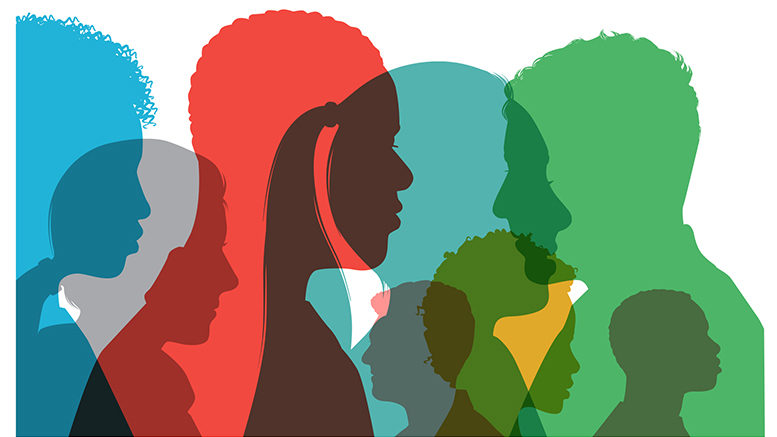A new report by the College Board shows that community college students were much more adversely affected by the pandemic than four-year college students, largely reinforcing what previous studies have shown.
The report examines how Covid affected the fall 2020 college and university enrollment plans of the class of 2020 and first-year to second-year retention patterns among college students from the high school class of 2019. It looks at enrollment and retention among recent high school graduates, both overall and for subgroups defined by student demographics, academic preparation, high school attributes, college characteristics and geography.
The overall findings mirror what other studies have found, especially the impact on public two-year college students. For example, community college students who were minorities, first-generation, from the poorest neighborhoods and had the lowest GPAs were the most severely affected by the pandemic.
But the report did flesh out some areas and shed light on some interesting findings. For example, some states had much lower drops in community college enrollment among recent high school graduates than other states. Two-year college enrollment rates declined by more than 10% among students in 23 states and increased among students in five states — Iowa (1.1%), Missouri (2%), North Dakota (1.5%), Oklahoma (2.3%) and Vermont (34%).
Some of the differences across states could be a result of how Covid affected communities, said Jessica Howell, vice president of research at the College Board, who discussed the findings in an online briefing on Thursday. There is some evidence that enrollment was lower in communities with higher Covid rates, she said. The report said two-year college enrollment rates declined by -13.6% among students in counties with high daily Covid case rates (higher than 15.8 daily cases per 100,000 residents), while the decline was -9% to -10% in counties with lower daily Covid case rates (8.5 and lower).
The rate differences could also be the effect of labor conditions, Howell said. The largest community college enrollment declines were in counties with the highest unemployment rates, she said. Two-year college enrollment rates declined by -15.1% among students in counties with unemployment rates above 10.7%, while the decline was -10.6% to -12.0% in counties with unemployment rates below 10.7%.
The research draws on data from College Board and the National Student Clearinghouse, resulting in a sample of nearly 10 million students who represent approximately 80% of all U.S. high school graduates in the last three cohorts.
The College Board used what it calls “regression-adjusted enrollment rates” — meaning they do not attribute pre-pandemic trends and student demographic shifts to Covid effects. Among community colleges, the enrollment decline was nearly -12% because of the pandemic, compared to -4.5% and -2.8% enrollment rate declines in the private and public four-year sectors.
The College Board also examined retention rates of newer college students. Again, the retention impact of Covid is larger among students in the two-year sector than in the four-year sector, where student retention rates are mostly unchanged. Retention rates at public two-year colleges decreased by -4.9% due to the pandemic, while retention rates increased by 1.4% in public four-year colleges and fell by -1.2% in the private nonprofit four-year sector.

